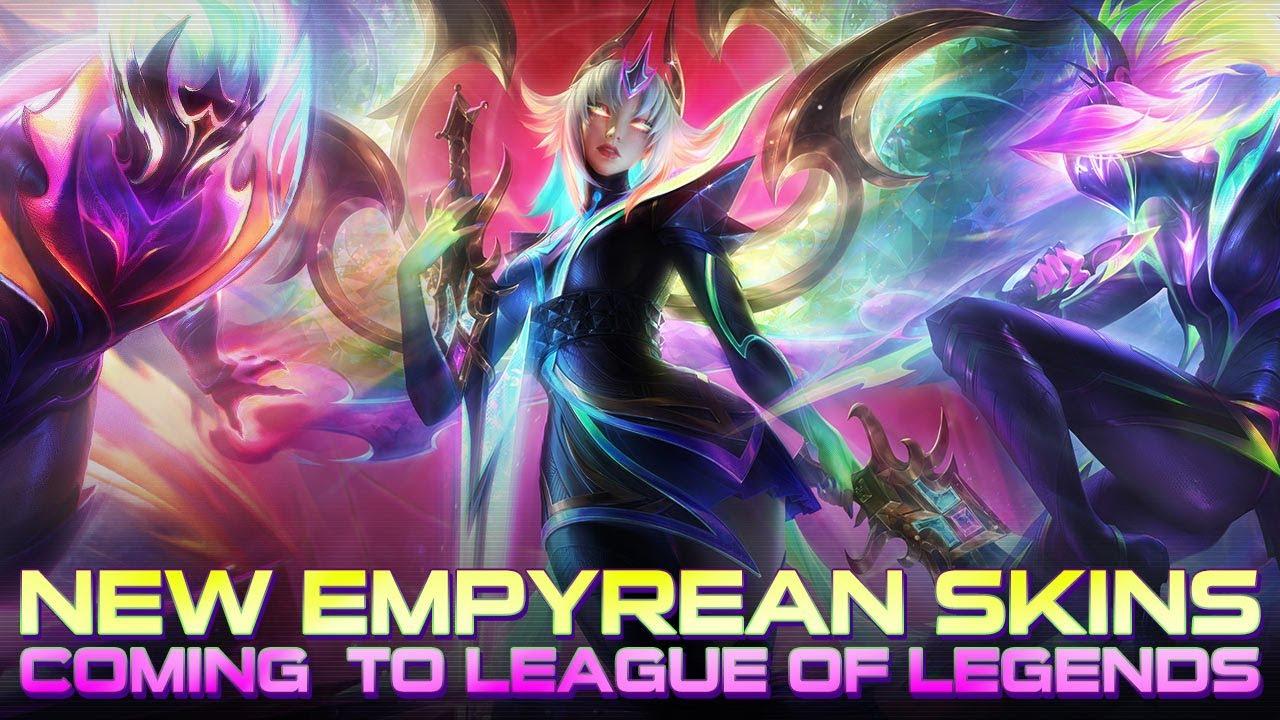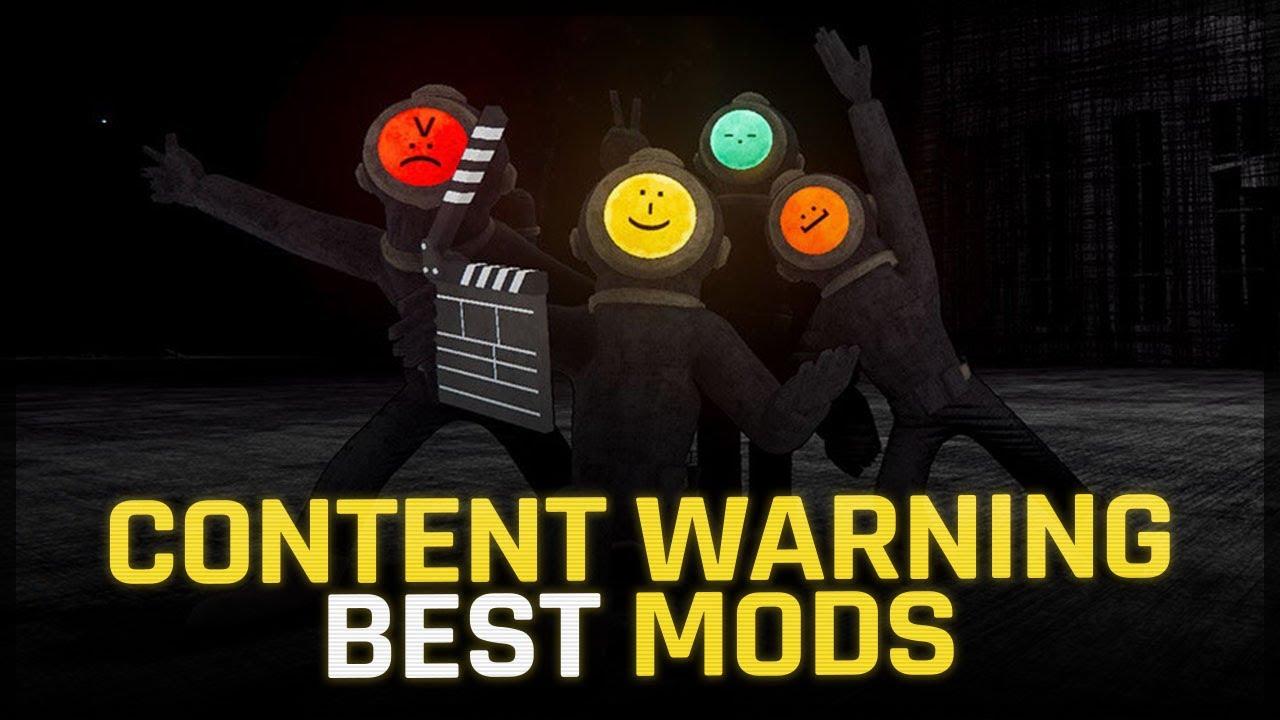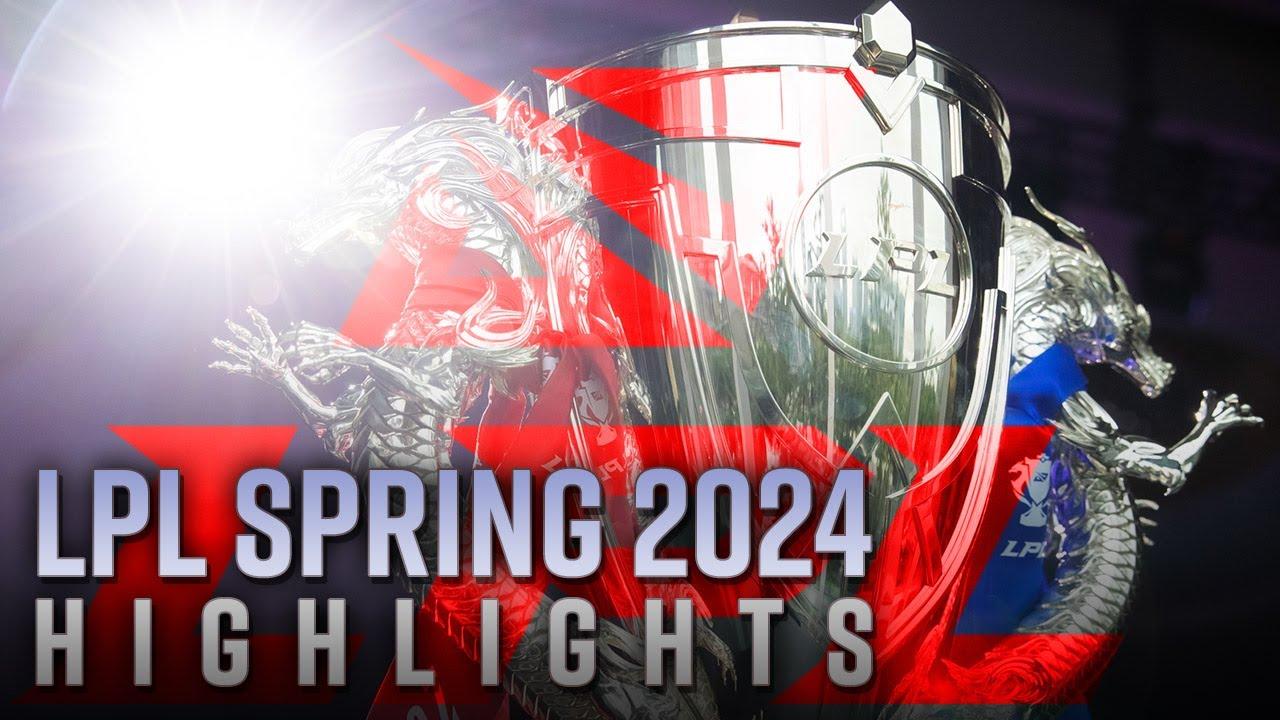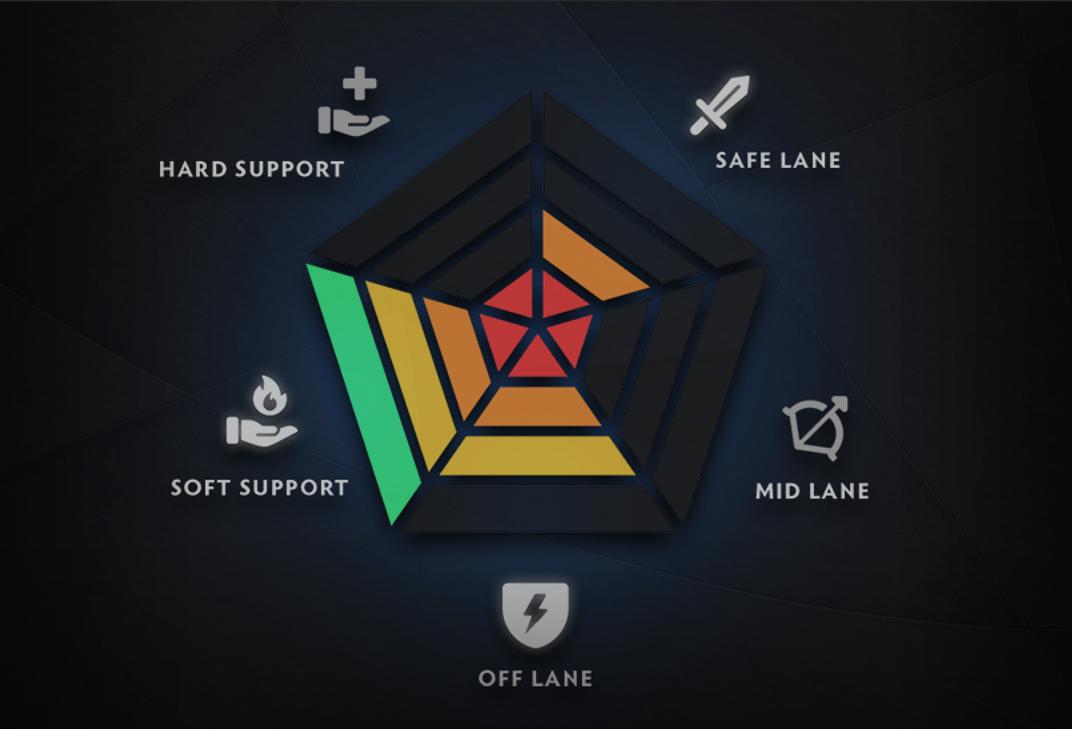
New MMR system removes Core and Support scores in Dota 2 update
Valve is once again shaking up Dota 2’s ranked roles matchmaking. This time, an update brings a new MMR system that functionally gives players separate MMRs for each of the five roles included in ranked roles.
“Today’s update features a change to the rank system that replaces the Core/Support separation with a single rank that uses handicaps for each of the five ranked roles, representing your relative strength playing each position,” the official blog post reads. “This change will help the matchmaker better account for a player’s different performance levels between various roles. Winning or losing games will modify your single rank.”
Though the return to a single MMR score might suggest that Valve is returning to the previous setup, this new system further segments things in ranked matchmaking. It should theoretically result in greater parity between teams, regardless of what role a player is assigned during the game.
Previously, the MMR system only distinguished between support and core, with core encompassing carry, mid, and offlane roles. That wasn’t always fair due to the differing skill sets and hero pools that those three roles require. This new system should inspire less fear for players when being assigned a role they aren’t entirely comfortable with.
Former Dota 2 pro player and current analyst Kevin “Purge” Godec discussed the change on Twitter, and seemed positive regarding what its impact will be.
“I suppose it was only a matter of time till they effectively gave you 5 different MMRs for each role. I’m sure this will only be a good thing, especially for the average player who plays different roles at widely different levels,” Purge said.
Dota 2 updates to ranked matchmaking show Valve’s struggle
This update to Dota 2 is the latest in a series of changes to the ranked matchmaking experience. Following The International 2019, Valve rolled out a big shakeup to Dota 2’s ranked matchmaking system by removing the separation between solo and party MMRs and moving that distinction to core and support.
Alongside this was the introduction of role-based matchmaking. While Dota 2 has long had a free-for-all style approach to assigning roles, with players ideally sorting things out amongst themselves during the drafting phase, Valve allowed people to queue specifically to play for a specific role. This was meant to combat such issues as players fighting over roles and griefing one another if they didn’t get their preferred position.
Results were overwhelmingly negative initially, with players complaining of long queue times at above-average skill levels. Valve tried to address this in a number of different ways in the months since. Though issues remain with the matchmaking experience, things are generally less negative than they were.
This new MMR system will likely help matters even further, giving players greater incentive to queue for roles they’re not entirely comfortable with.
Recommended
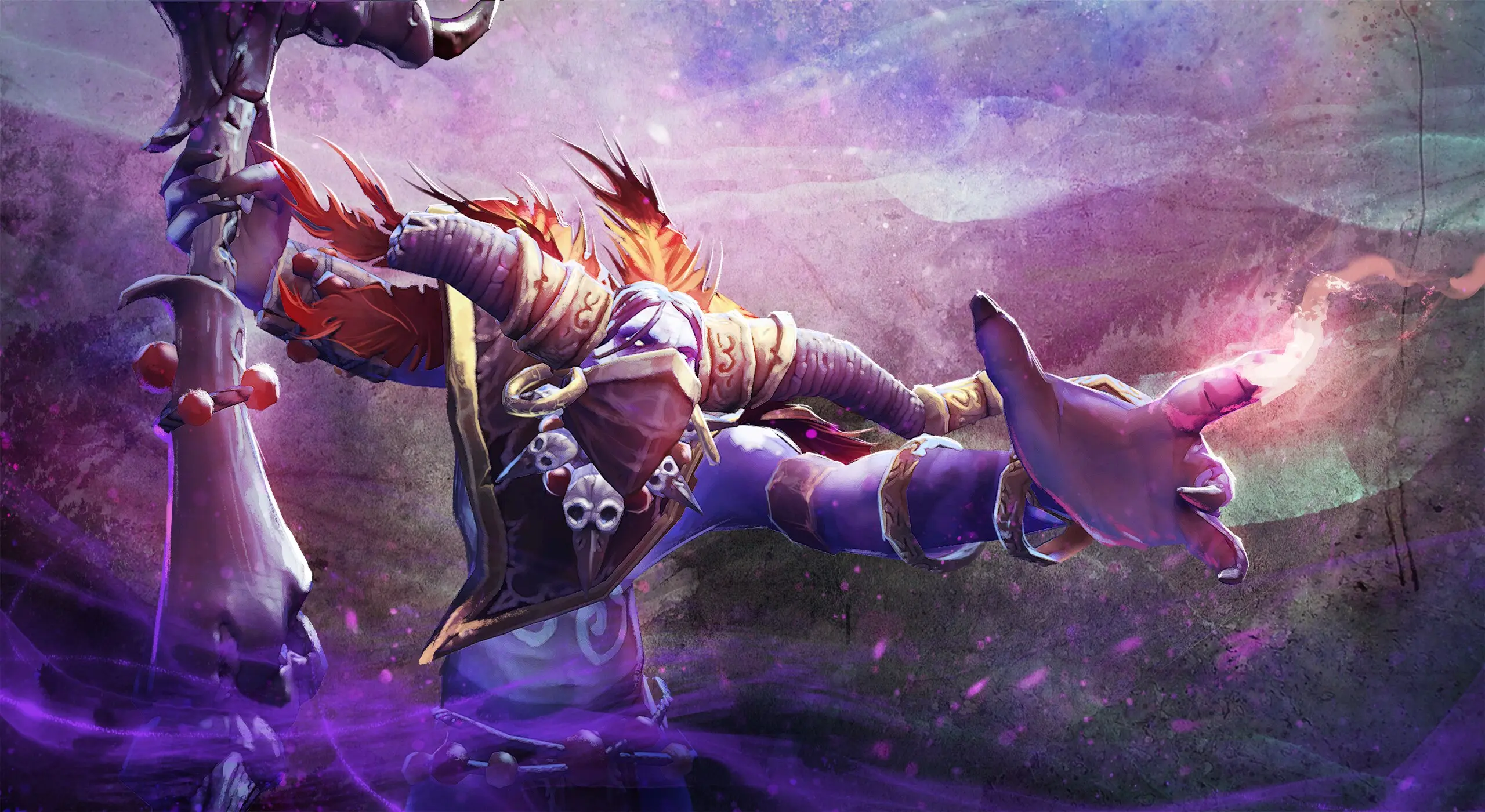
How to play Witch Doctor, the best hero in Dota 2 7.34
The Doctor is in.

The new best heroes of Dota 2 7.34
Start queueing up sentries and Spirit Vessels.
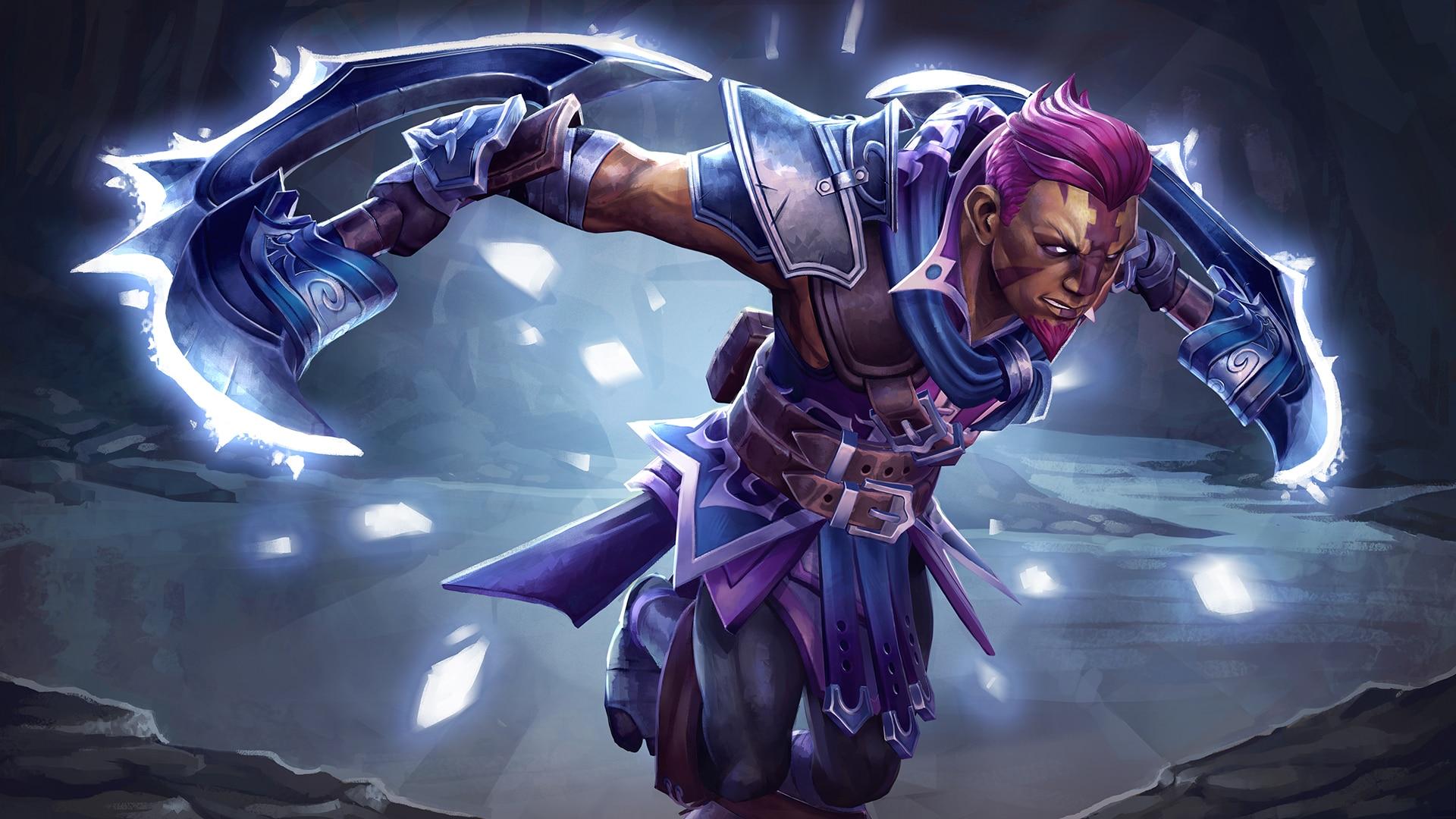
Dota 2 finally has a punishment for breaking items
If you want to BM, it’ll cost you.



